
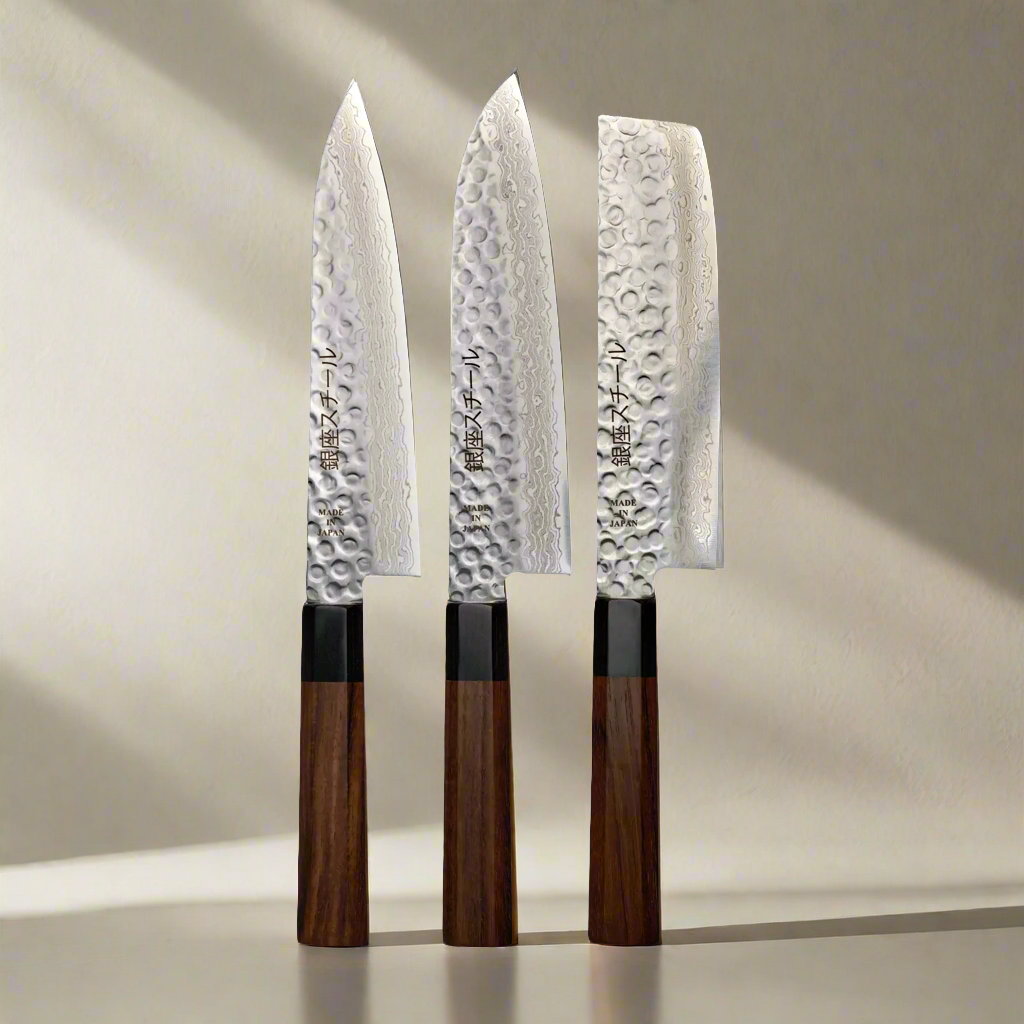
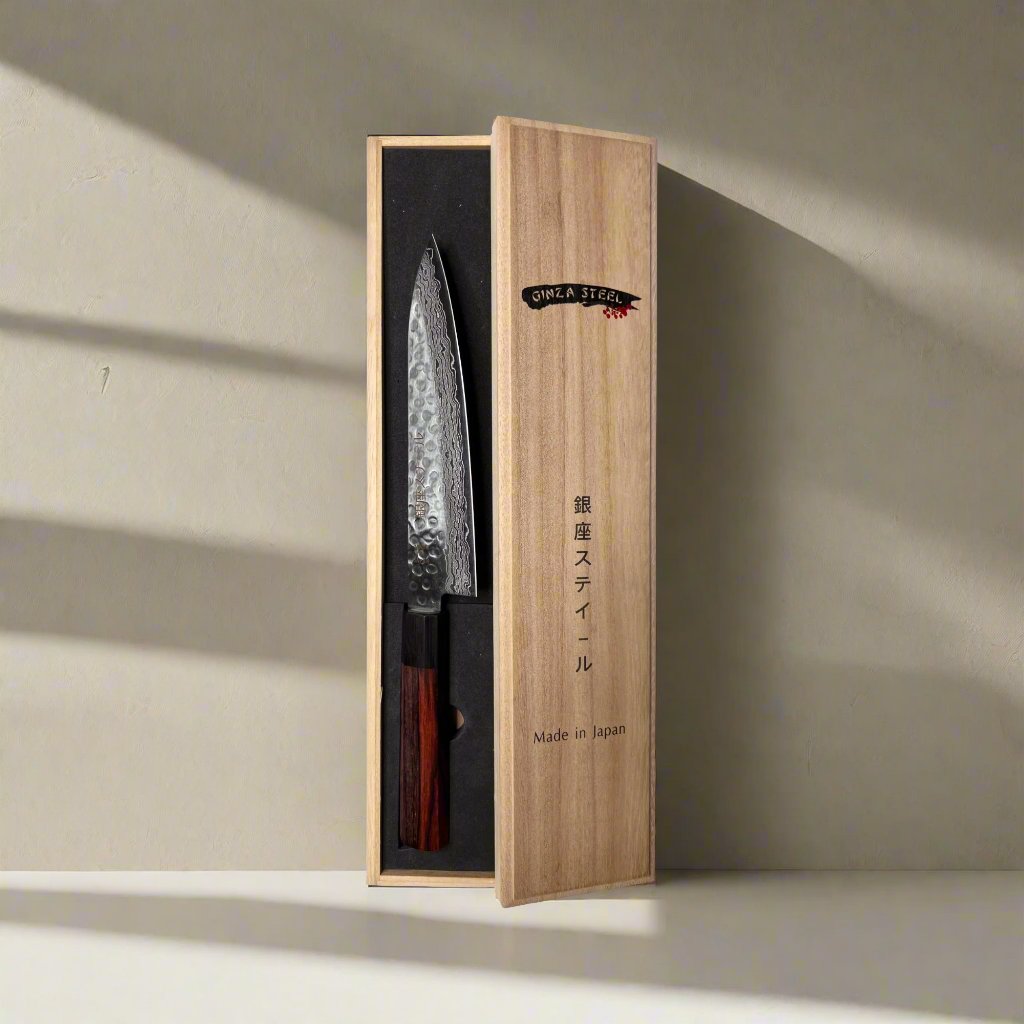
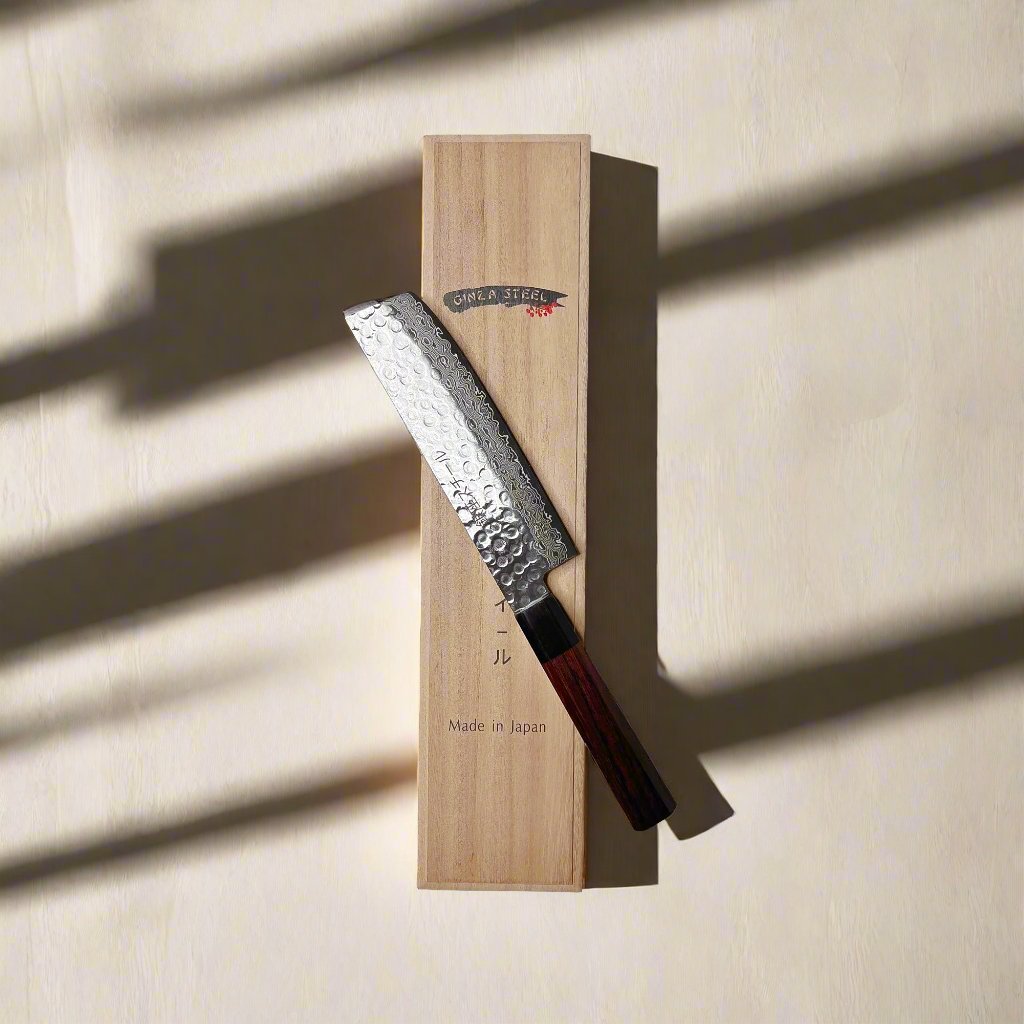
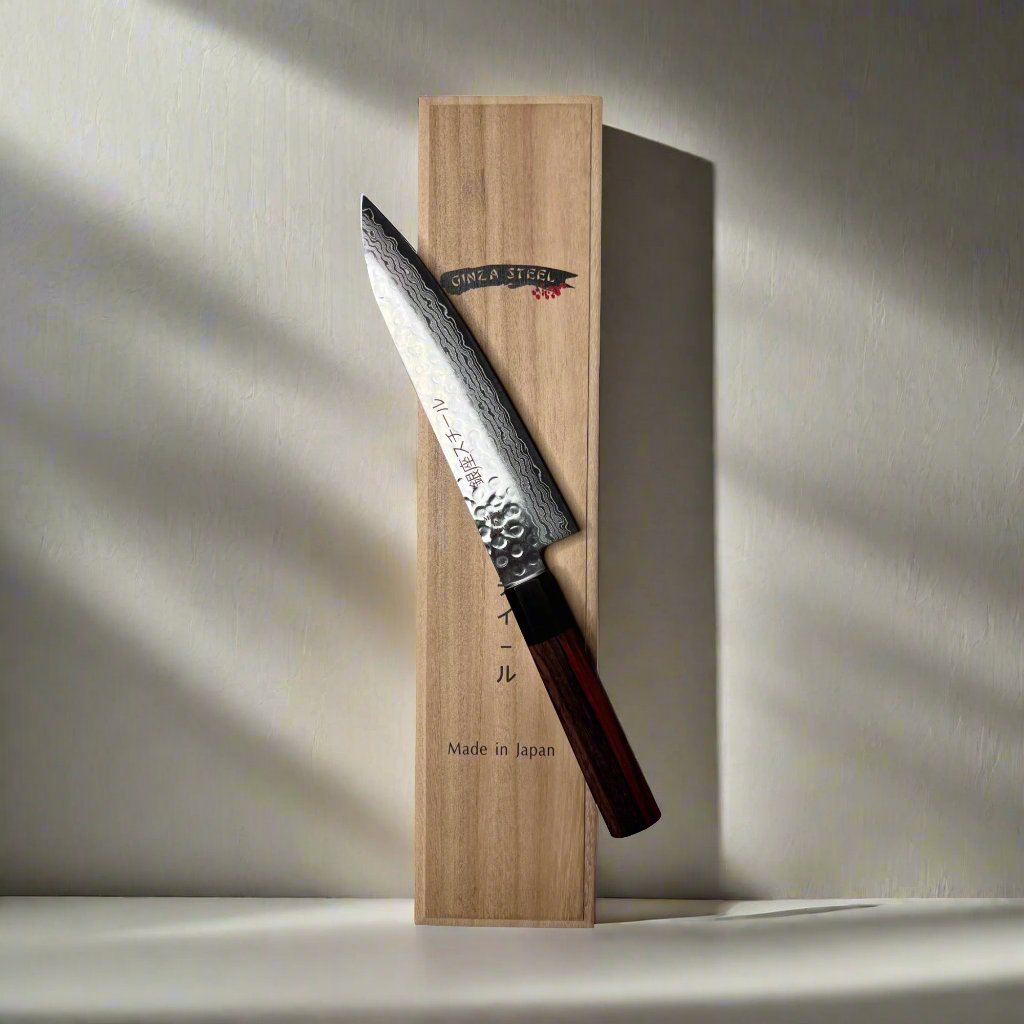

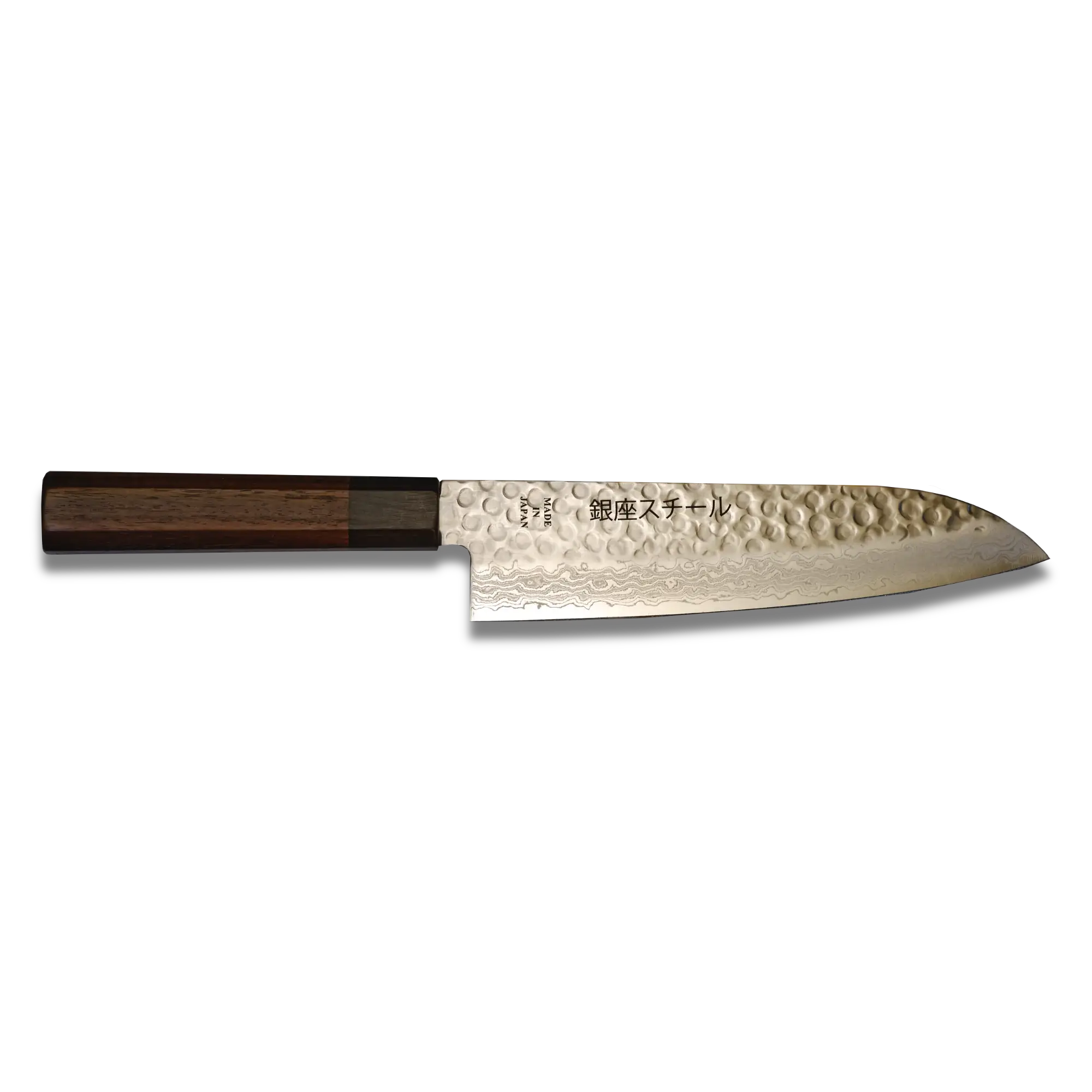
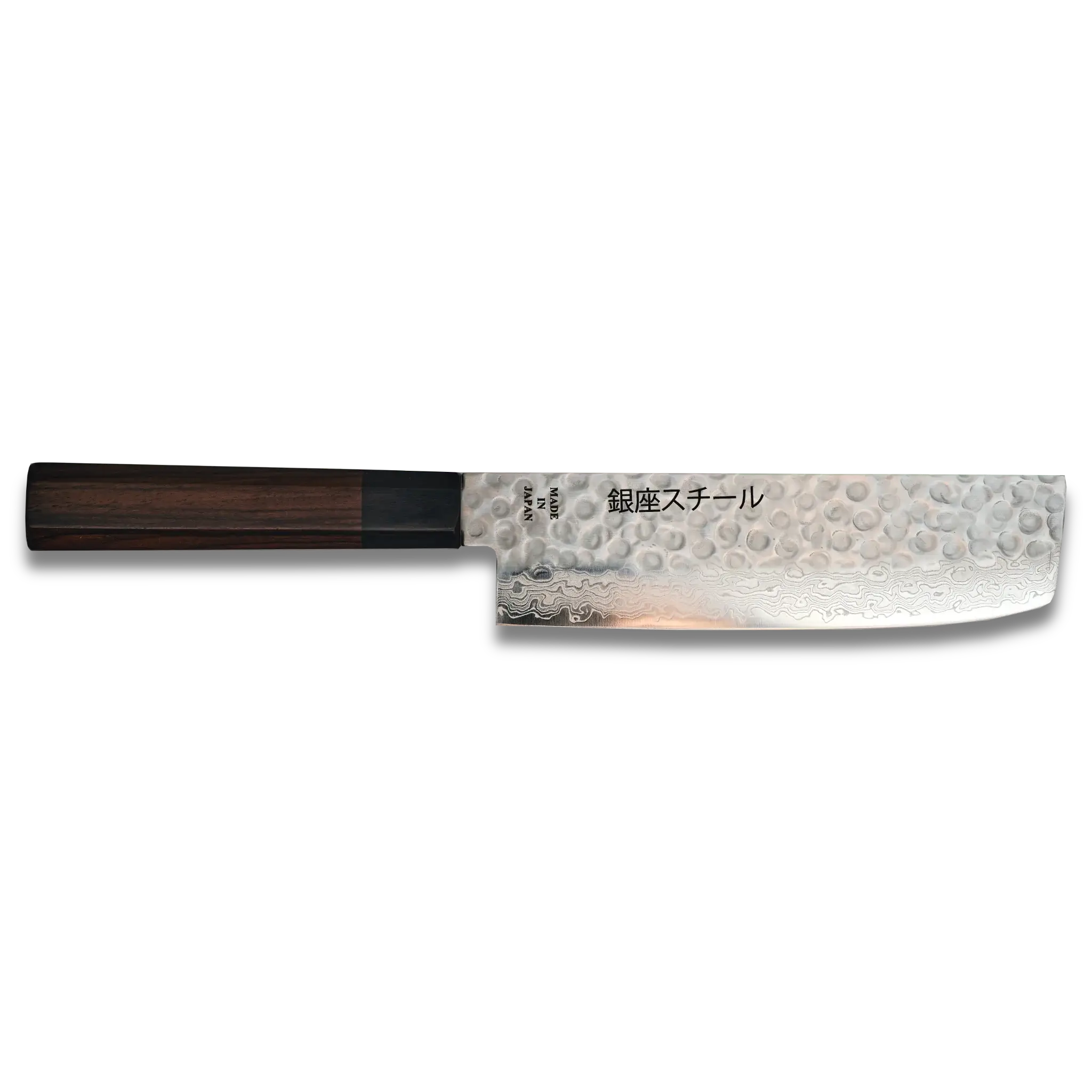
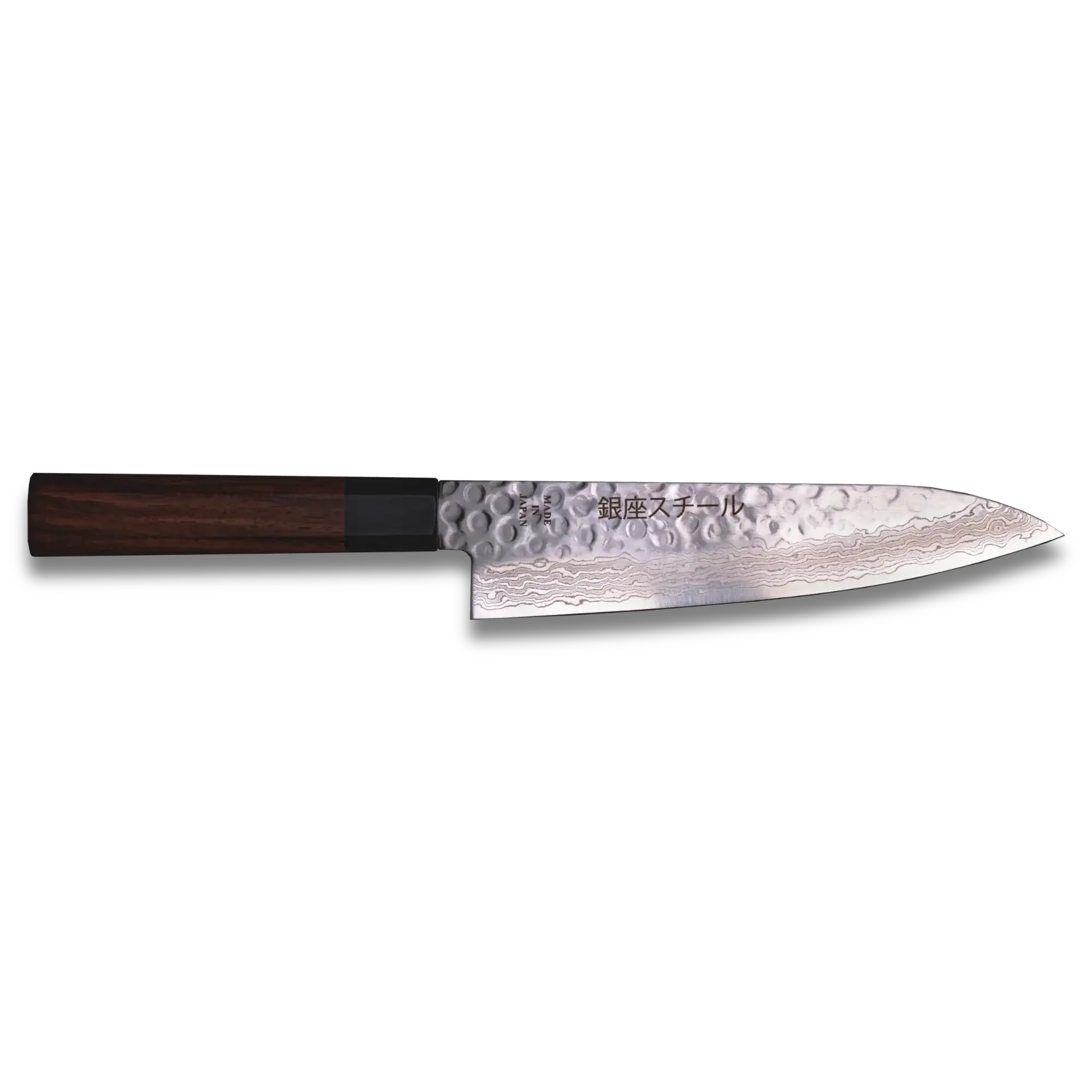
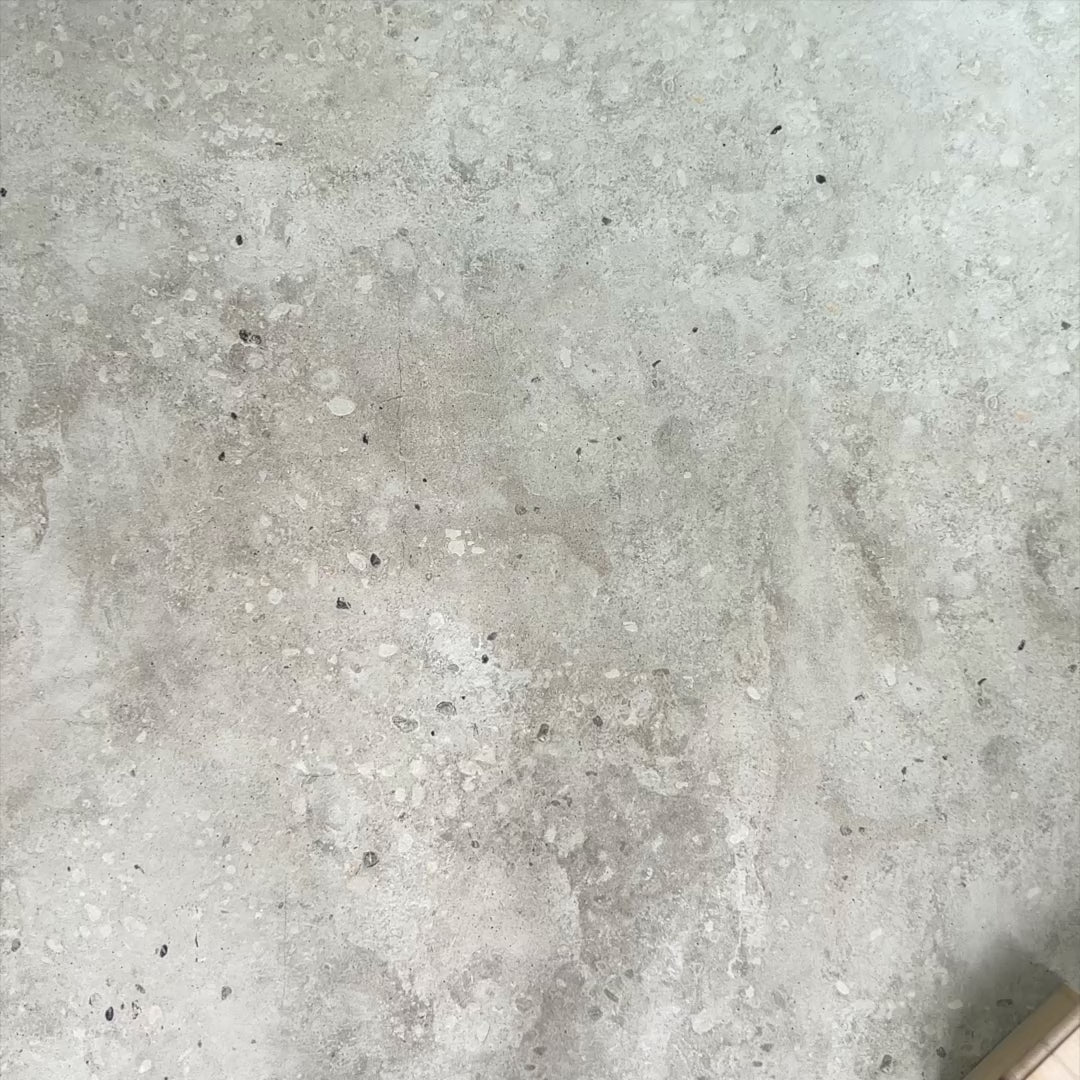
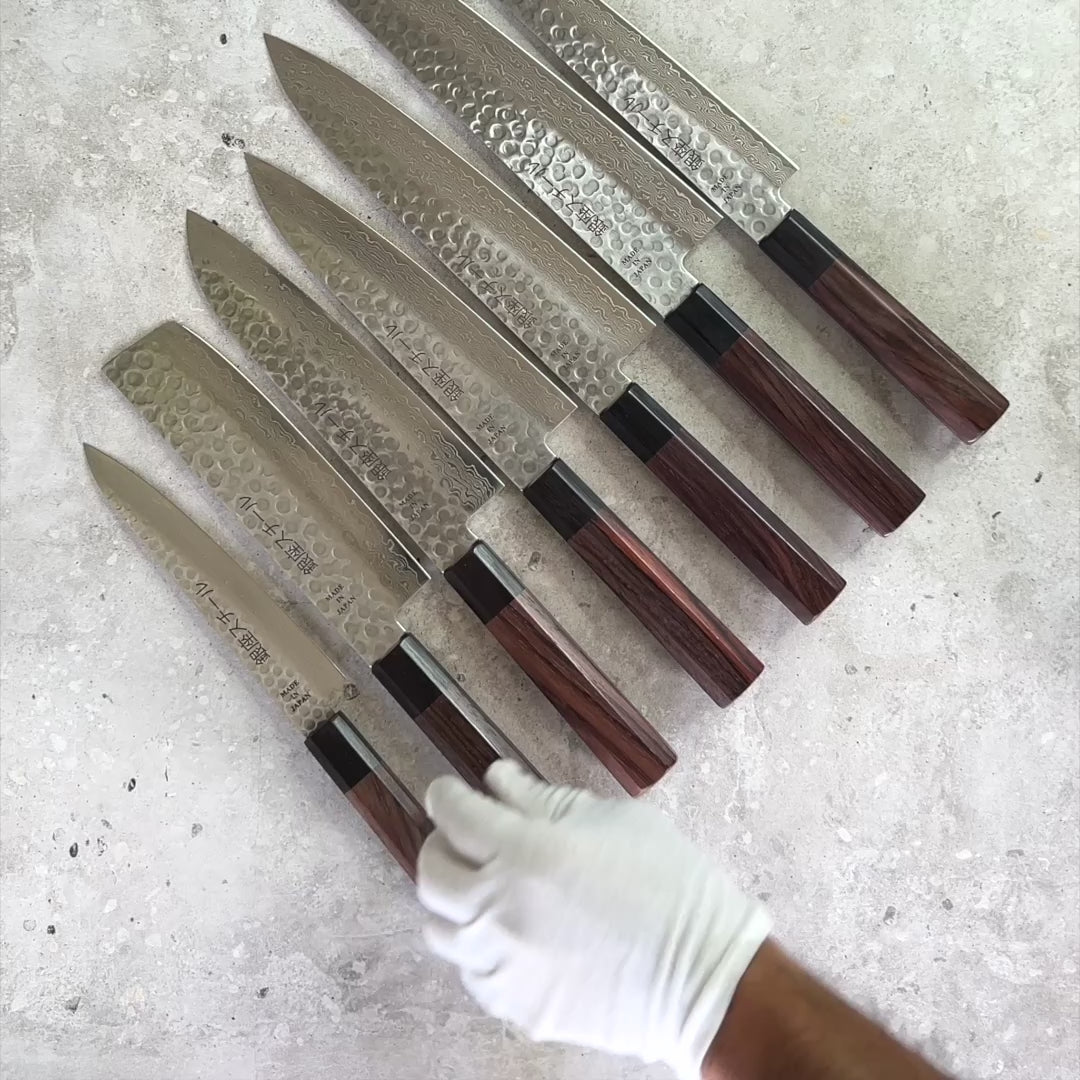
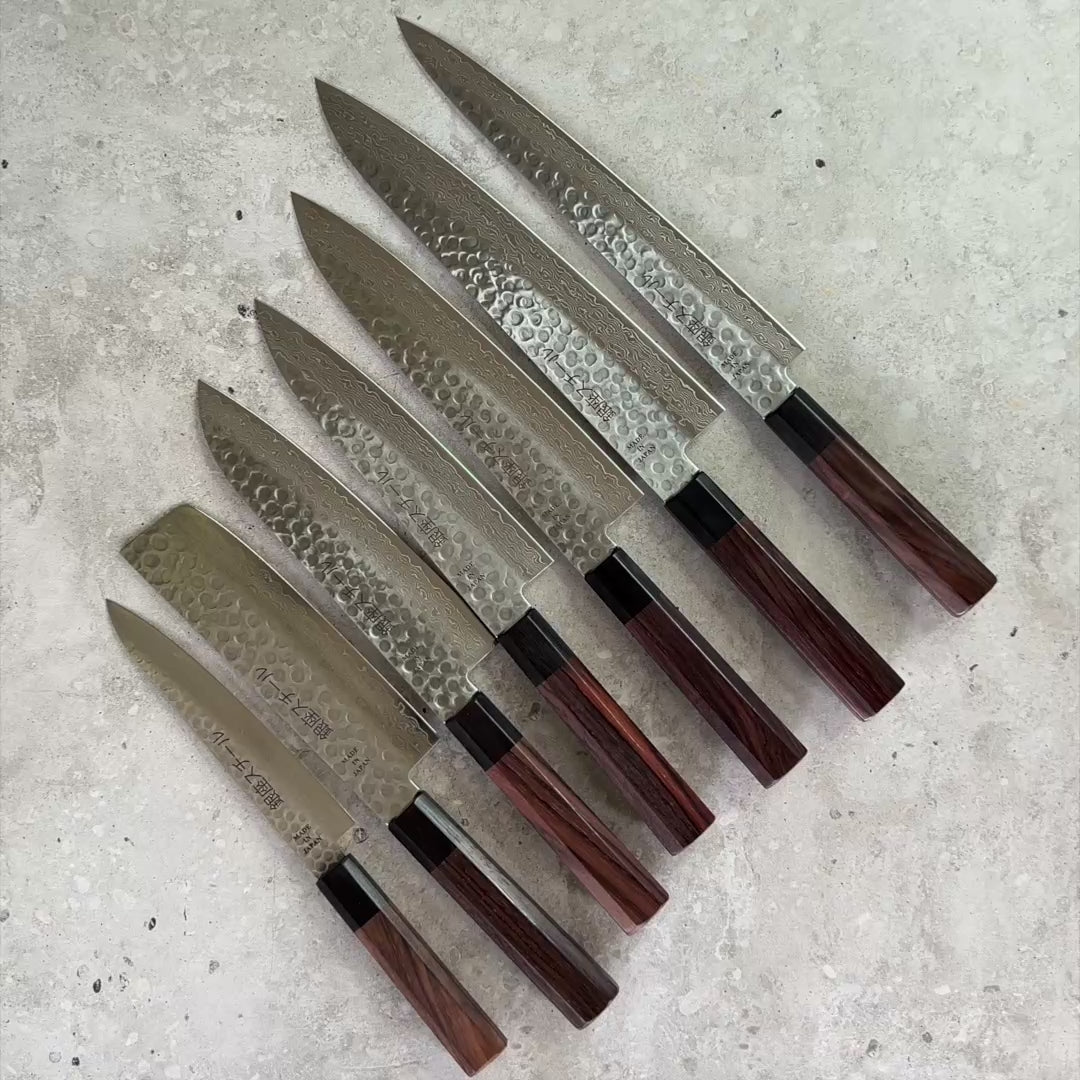
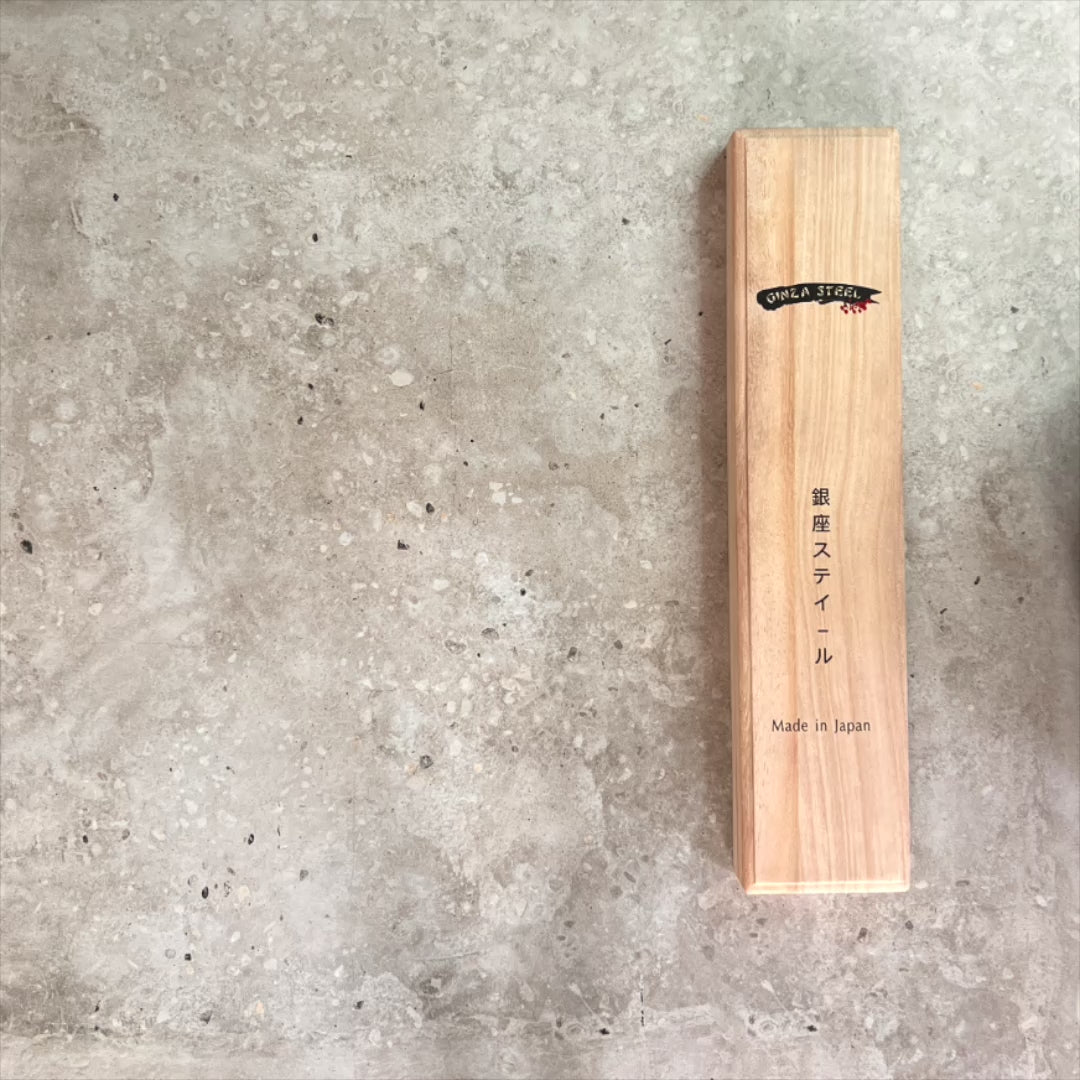
Sandvik Steel - Made in Japan Pro Bundle Three
Dishwasher Safe : NO
$845.00CAD
Ginza Steel Japanese Professional Chef Knife Collection
Discover the pinnacle of culinary craftsmanship with the Ginza Steel Japanese Professional Chef Knife collection. Immerse yourself in a world of precision and artistry, as each blade is masterfully forged from Sandvik's high-carbon 19C27 steel.
Elevate your cooking game with this all-encompassing knife set, designed to be your go-to solution for every kitchen task. Unleash your culinary creativity effortlessly with the Ginza Steel collection—a testament to excellence and an essential companion for all your culinary adventures.
Set includes:
- TAKAYAMA 180 - Santoku Knife - 180mm blade
- AMAYA 180 - Gyuto Knife - 180mm blade
- TSUMUGI 180 - Nakiri Knife - 165mm blade
Choisir les options













Sandvik Steel - Made in Japan Pro Bundle Three
Prix de vente$845.00 CAD
Prix normal$889.00 CAD
$845.00CAD















